
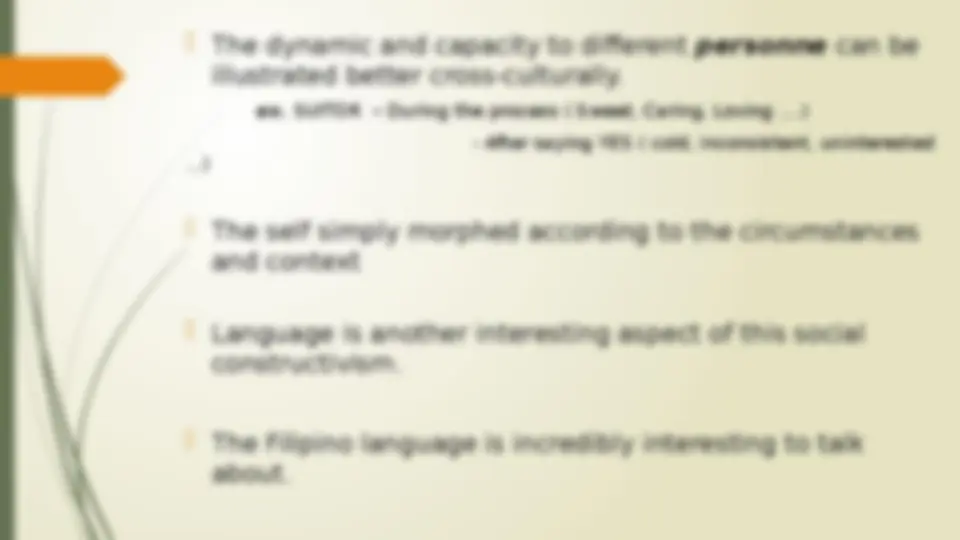
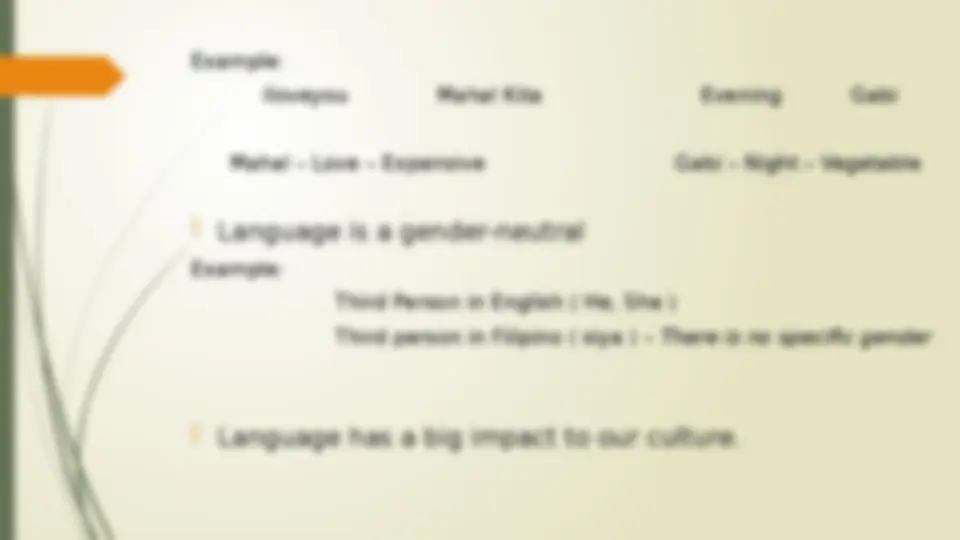
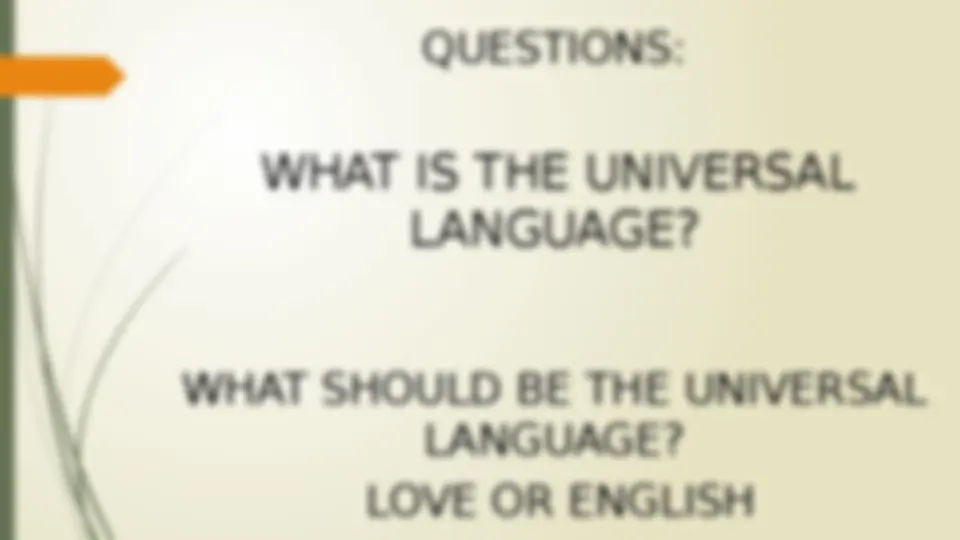
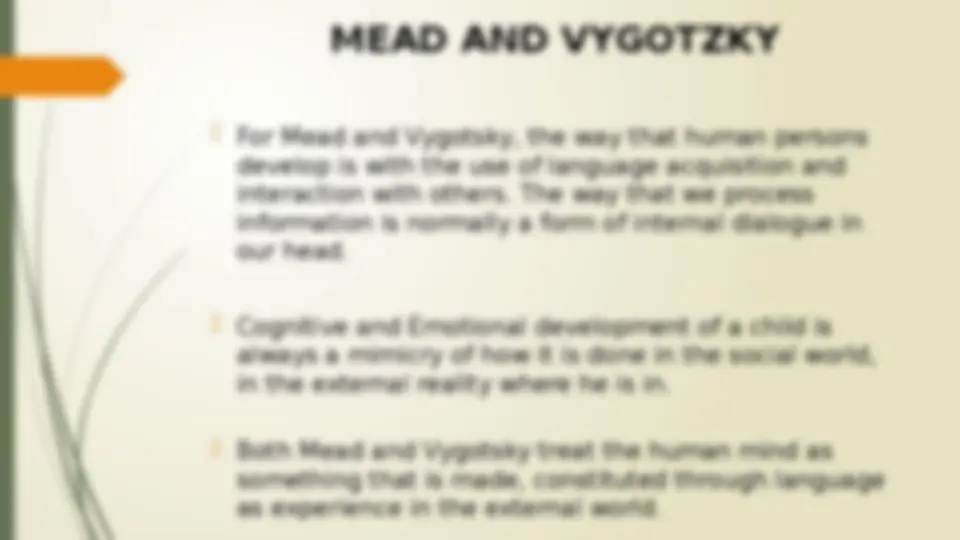
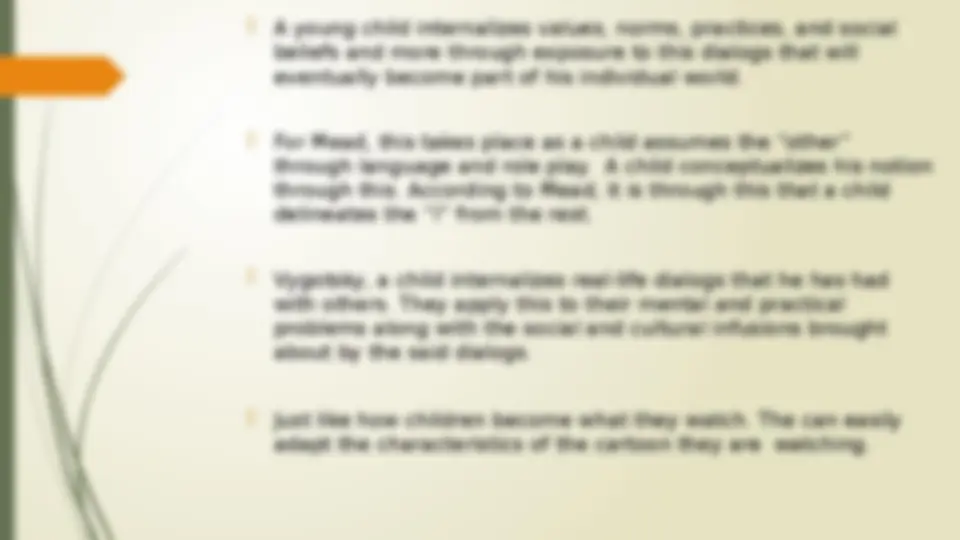


Study with the several resources on Docsity

Earn points by helping other students or get them with a premium plan


Prepare for your exams
Study with the several resources on Docsity

Earn points to download
Earn points by helping other students or get them with a premium plan
Community
Ask the community for help and clear up your study doubts
Discover the best universities in your country according to Docsity users
Free resources
Download our free guides on studying techniques, anxiety management strategies, and thesis advice from Docsity tutors
This document explores the concept of the self and its intricate relationship with culture, as examined by sociologist Marcel Mauss. It examines the duality of the self, comprising the personal, biological moi and the socially constructed personne shaped by institutions, family, religion, and nationality. The document highlights how the capacity to assume different personnes can be understood through cross-cultural comparisons, using examples like the transformation of a suitor's behavior before and after a relationship commitment. It also explores the role of language in social constructivism, drawing insights from the Filipino language. The document further discusses the active participation of individuals in shaping their own self, mediated by language acquisition and social interactions, as proposed by Mead and Vygotsky. Overall, this document provides a comprehensive understanding of the complex interplay between the self and culture.
Typology: Slides
1 / 9

This page cannot be seen from the preview
Don't miss anything!






Example: Iloveyou Mahal Kita Evening Gabi Mahal – Love – Expensive Gabi – Night – Vegetable
Example: Third Person in English ( He, She ) Third person in Filipino ( siya ) – There is no specific gender
QUESTIONS: WHAT IS THE UNIVERSAL LANGUAGE? WHAT SHOULD BE THE UNIVERSAL LANGUAGE? LOVE OR ENGLISH
THE SELF AND THE DEPARTMENT OF THE SOCIAL WORLD
MEAD AND VYGOTZKY (^) For Mead and Vygotsky, the way that human persons develop is with the use of language acquisition and interaction with others. The way that we process information is normally a form of internal dialogue in our head. (^) Cognitive and Emotional development of a child is always a mimicry of how it is done in the social world, in the external reality where he is in. (^) Both Mead and Vygotsky treat the human mind as something that is made, constituted through language as experience in the external world.